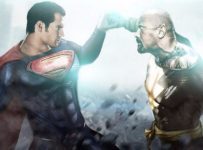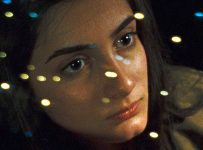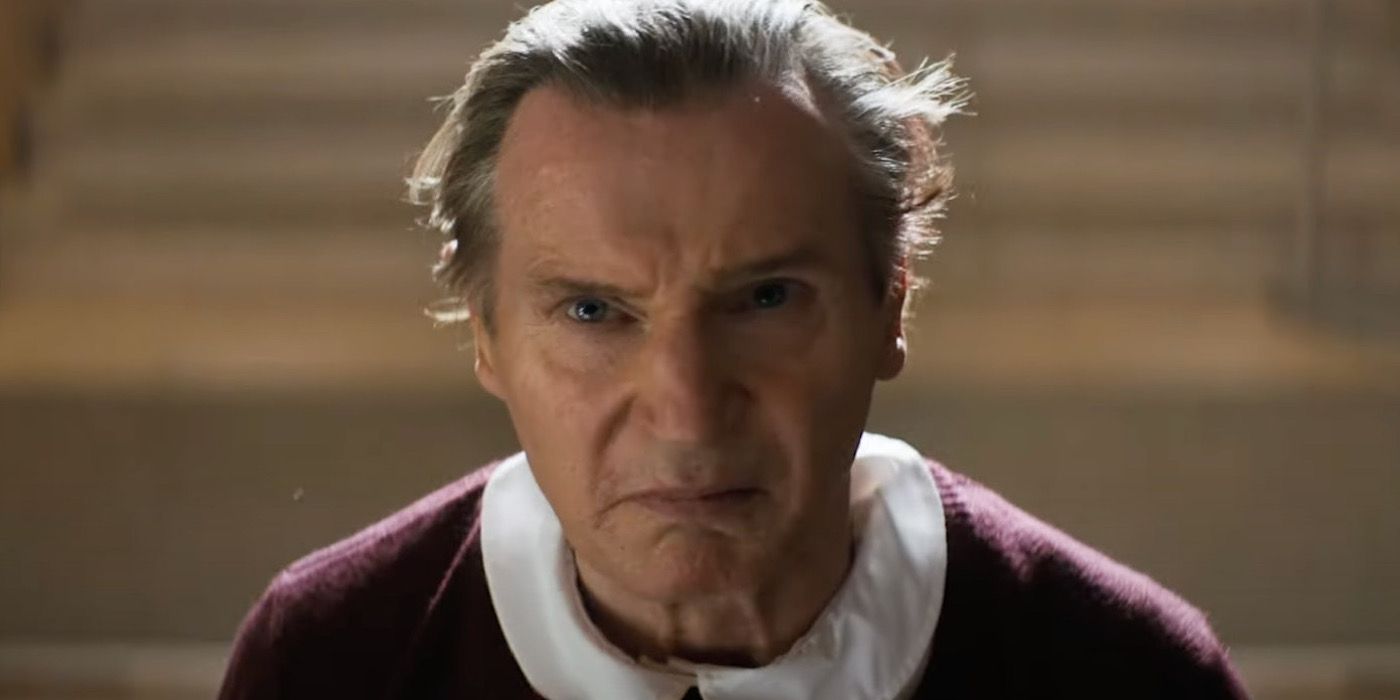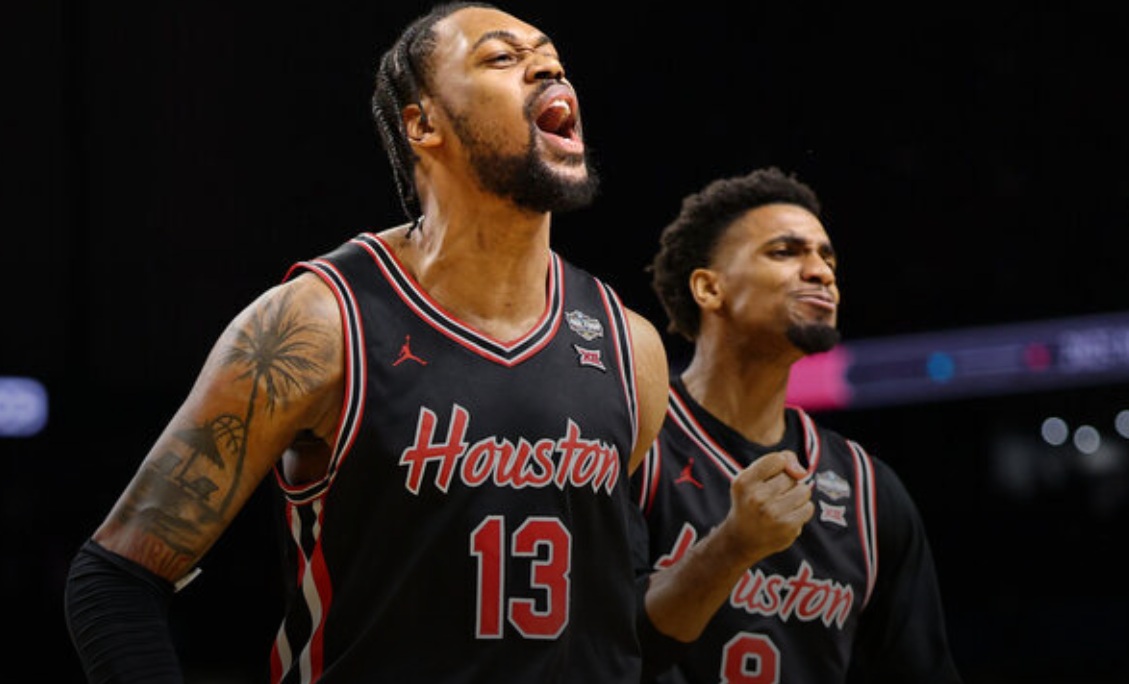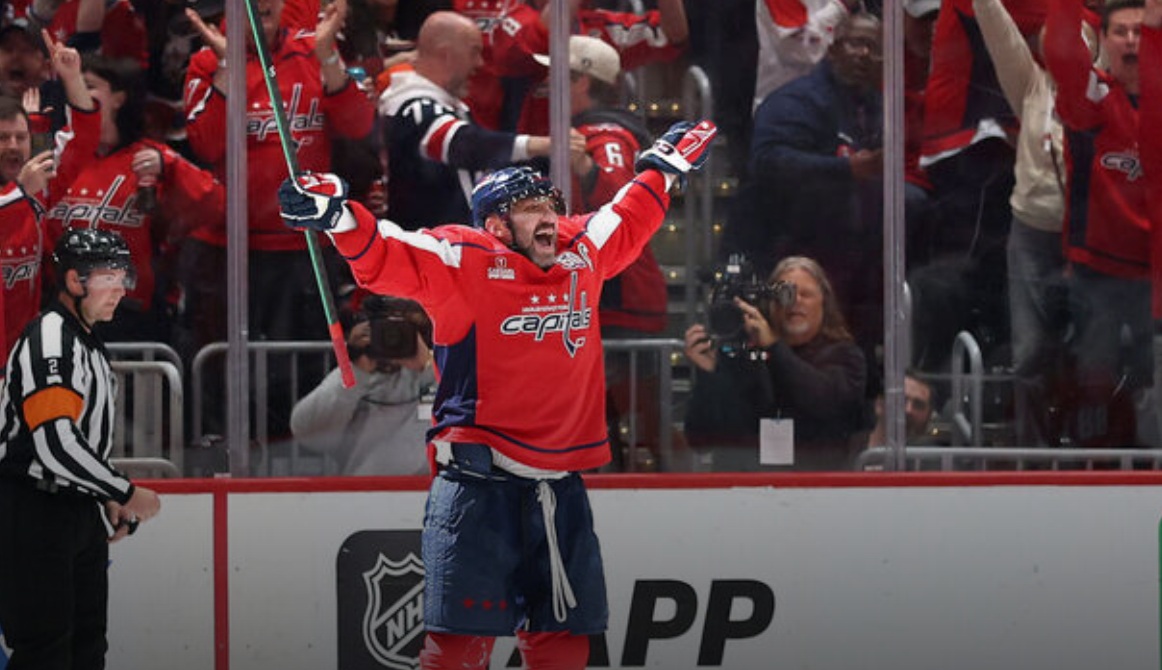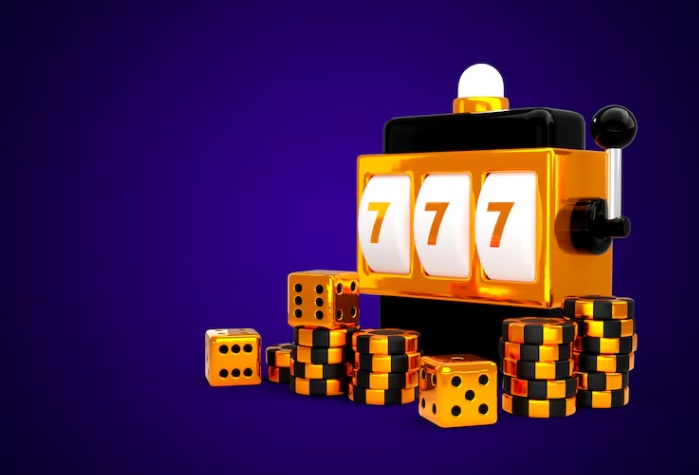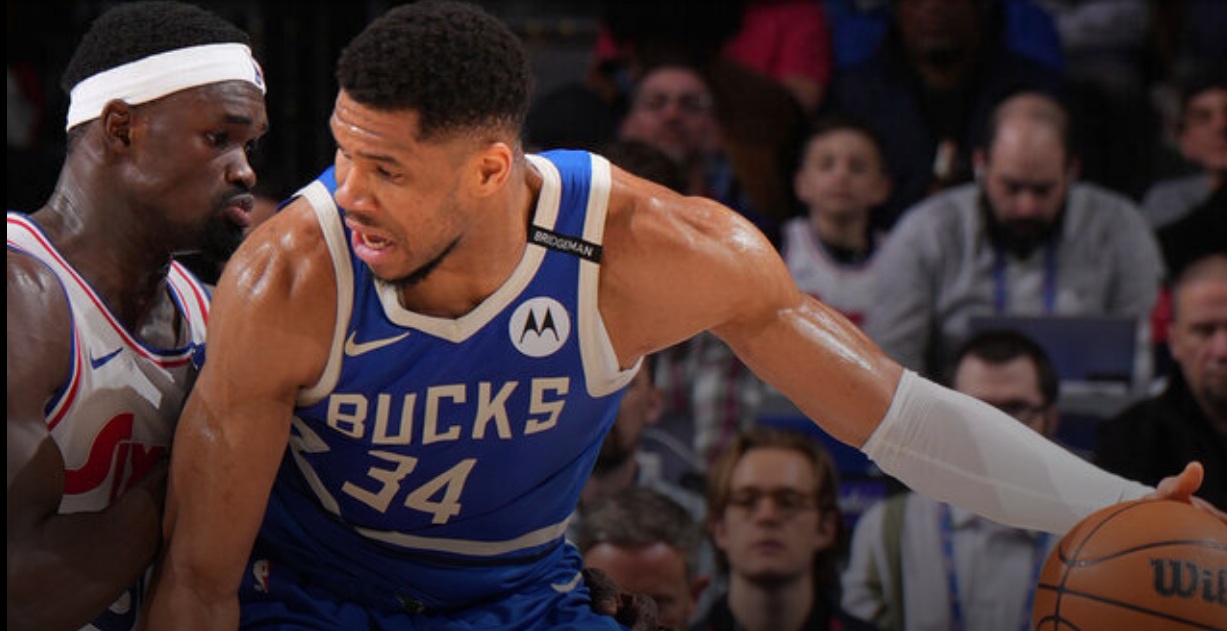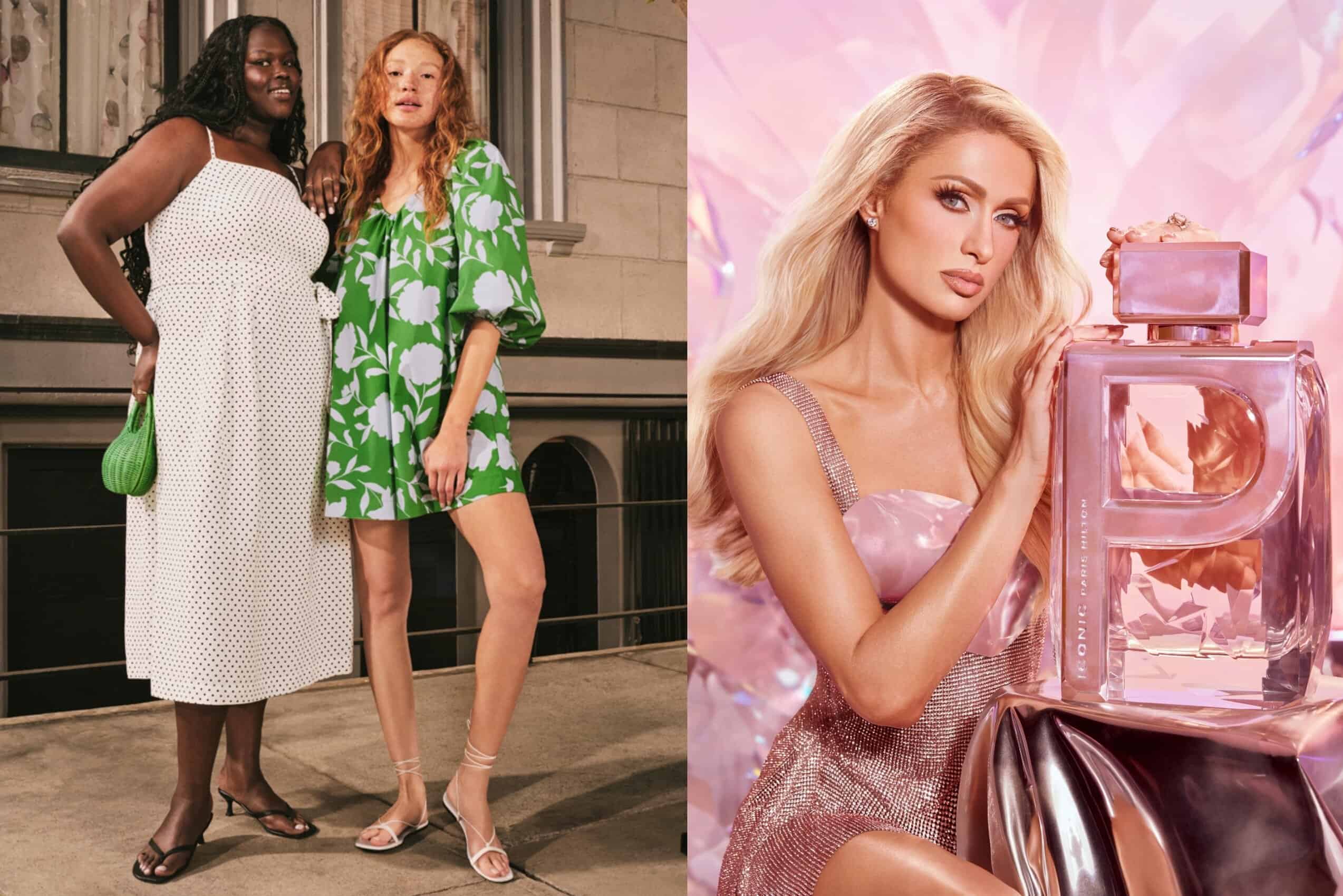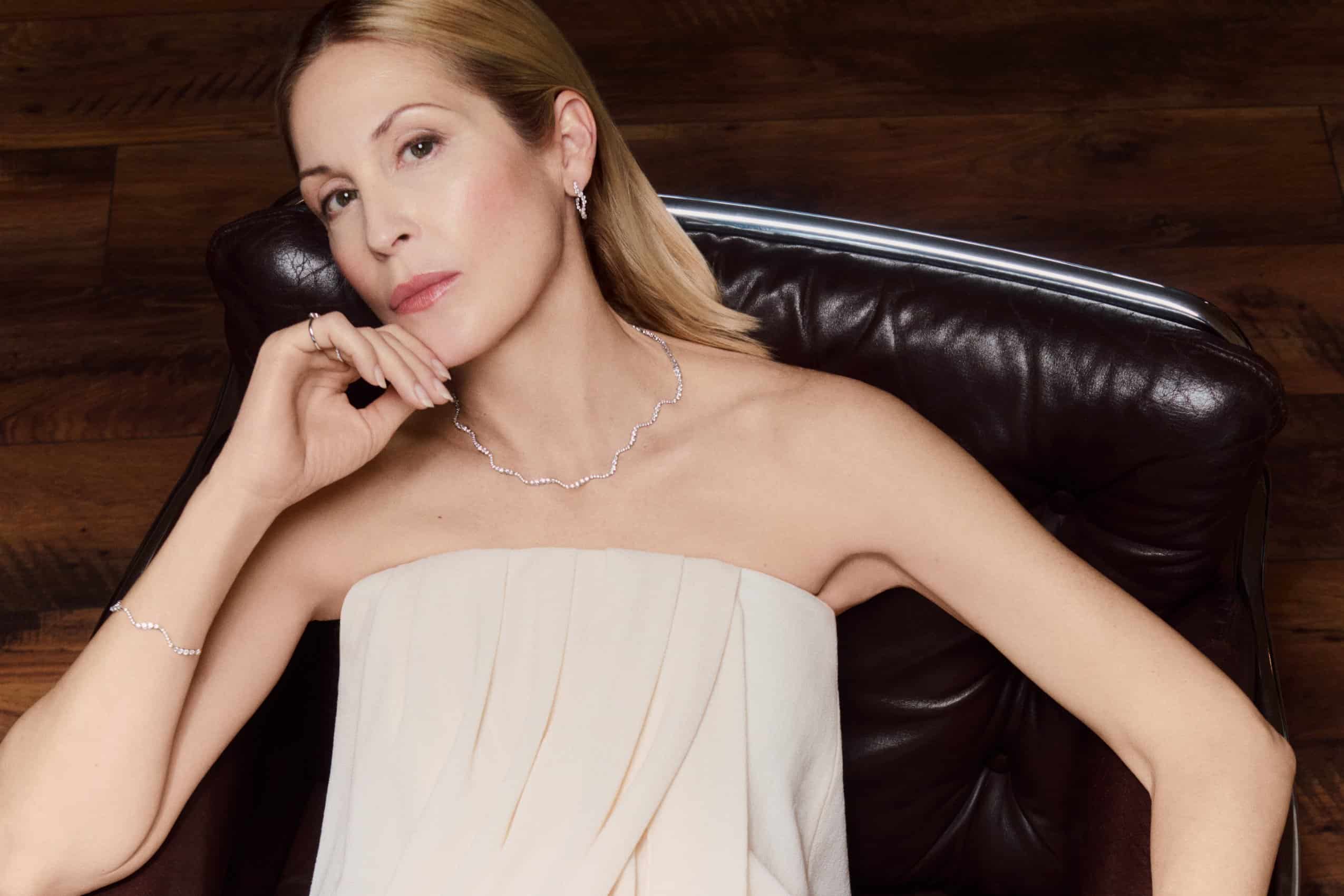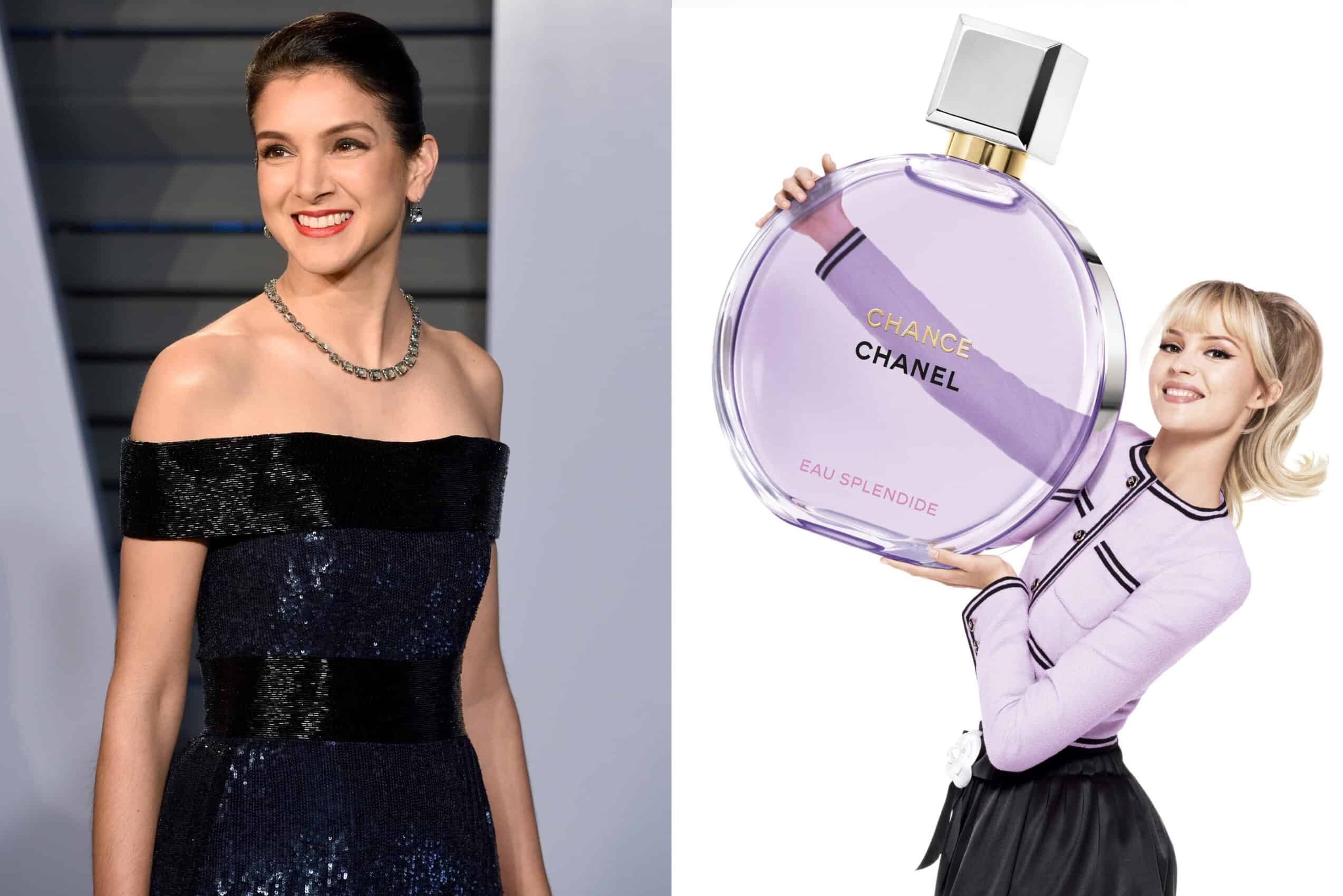So that’s really what pulled me in from the get-go on this script. Yes, it’s a fun, outrageous R-rated talking dog movie. Still, it’s also a metaphor for being in an unhealthy, toxic relationship and how to deal with that, how to get out of it, and how your friends come and help you through that and help you rediscover your own sense of self-worth. And so, there are all these kinds of richer conversations I love as a filmmaker, trying to create an ecosystem for a film where all of that can coexist, all of the sorts of raunchy outrageousness can also kind of, you can go from one scene like that to a genuine grounded emotional scene. The script had it, and then, working with Jamie Foxx and Will Ferrell and our incredible cast, those guys are really great. Let’s not forget Oscar-winning actors who, when you need it to be honest, when you need it to get to go there, which happens with Bug and Reggie and all these dogs, are there, they’re ready to deliver, and they win that.
What was one of the funniest moments when working with the dogs?
Every day was a weird mix of incredibly difficult and then incredibly funny. Like every moment. I remember at one point, it’s four in the morning, we’re shooting in Atlanta, and we’re waiting for Benny, who plays Bug, to hump a pile of trash––that is correct, that’s part of the film that I made, and I’m very proud of it. But we’re waiting for it, and there’s nothing you can do. You have got around 60 to 100 people on your crew waiting. It’s four in the morning, and all you could hear if you came on our set was one little trainer going, “Humpty, Humpty,” ’cause that happened to be the word she used to train the action. And I remember looking around and being like, “This is crazy. I can’t believe I’m making this movie. I can’t believe we’re all here.” And sure enough, Benny did what he needed to do. We were all dying laughing and moved on to the following setup. But there was a moment like that every day of shooting.
What was the relationship between you and the VFX supervisors like? How did you ensure that all the footage you captured still evoked all these emotions reflected when they’re talking?
It’s a massive part of the job. And there are many steps to it. It starts with my trainers. So, I wouldn’t just go through the script and say, “Hey, I need the dogs to hump a bag of trash, knock a door down or spin in circles like they’re going to bed.” Then I’d go through the script and say, “I’m looking for Reggie to feel guilty at this moment as he’s revealing to his friends that he’s feeling guilty about how he wants to go back to Doug.” And I would really walk through the emotions and learn the tools I had from the trainers because I wanted to start there. But then, of course, if we didn’t get it or I wanted to add on top of that, then my incredible VFX team at MPC would come in, and they could start subtly, which is where I always wanted to start, was very subtle on the eyebrows. Or oftentimes, they might take a tail that was wagging on set and slow it down so it looked a little more menacing or stop it from wagging. So, we could lean on all these different behaviors, and the VFX team would kind of step up and help wherever we needed. But it always started with the trainers on set, and I should mention my editors combing through all the footage to find the right moments when it looked like the dog might have delivered that line. And that’s very difficult, but it takes a keen eye to find those moments.
You can view the original article HERE.

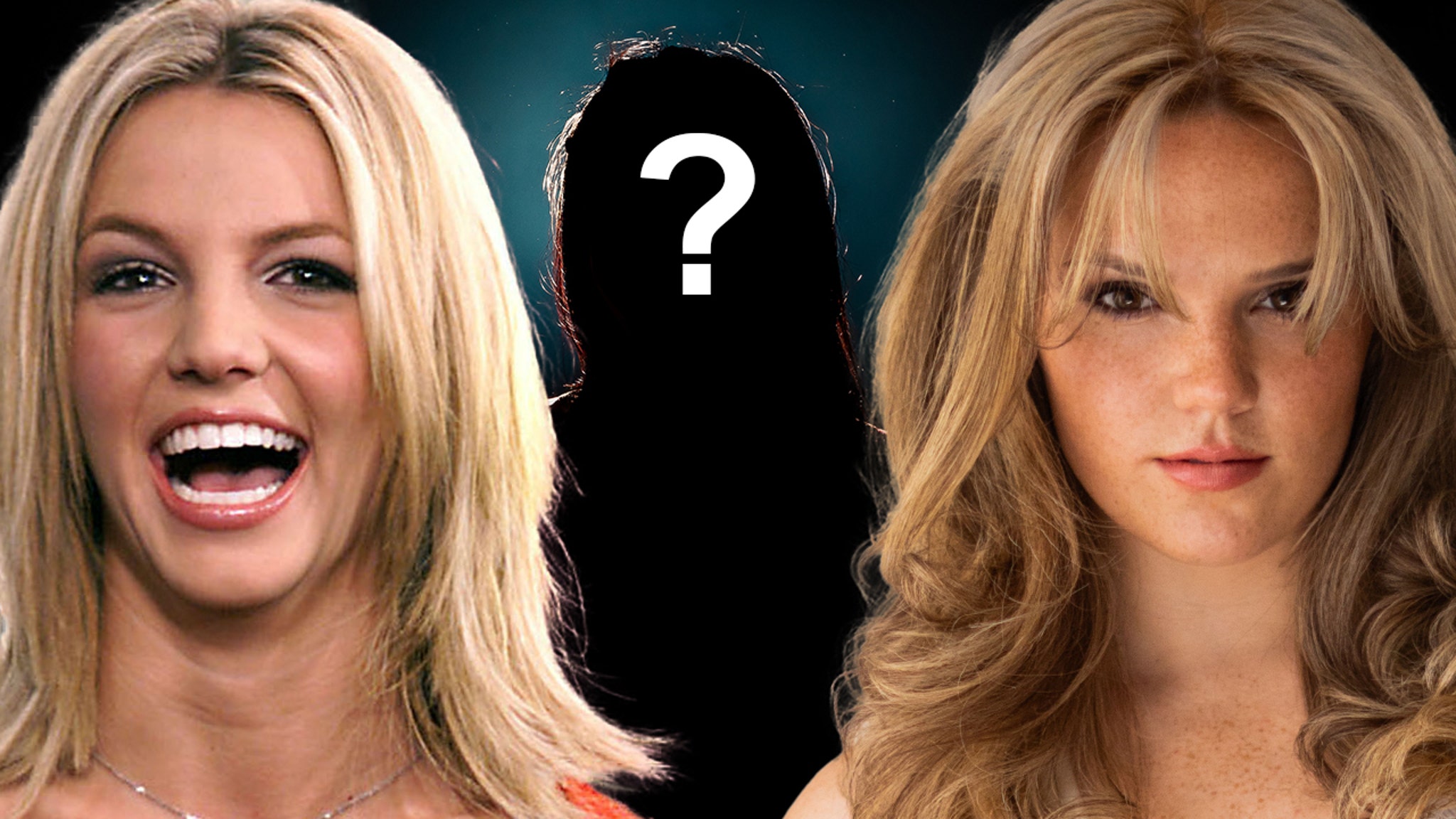
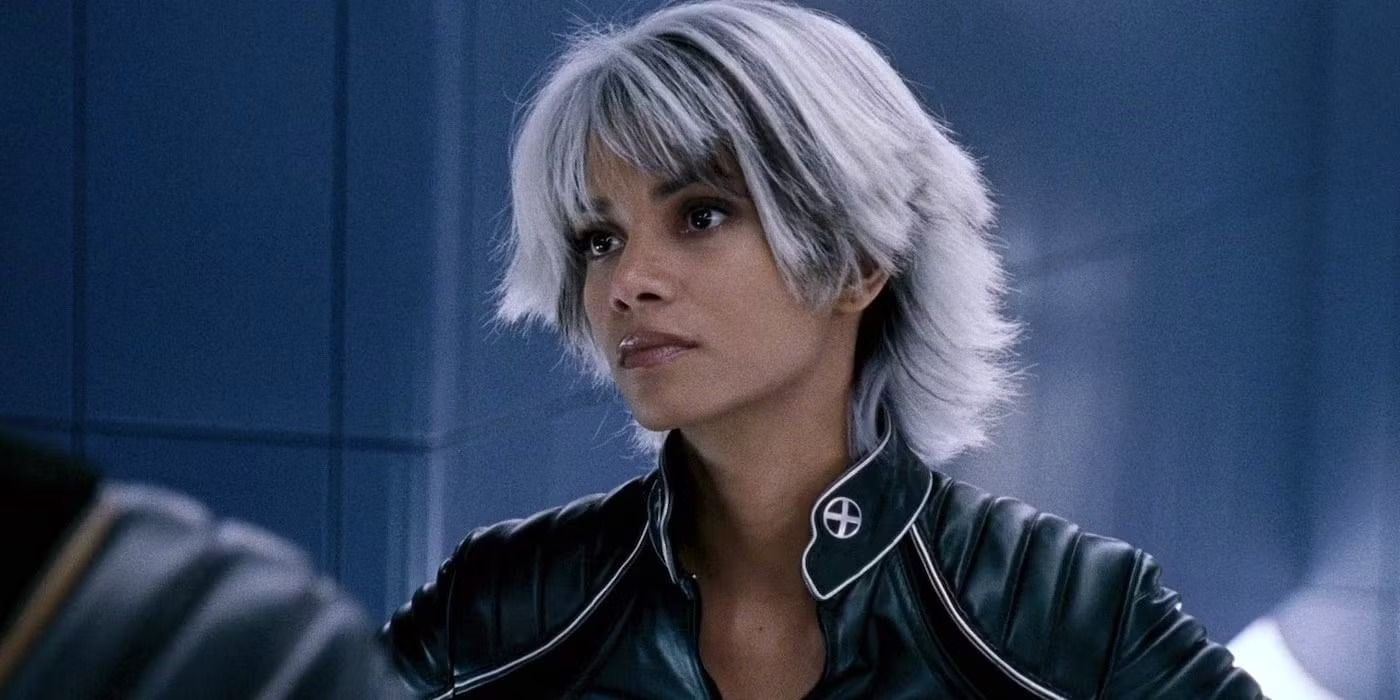



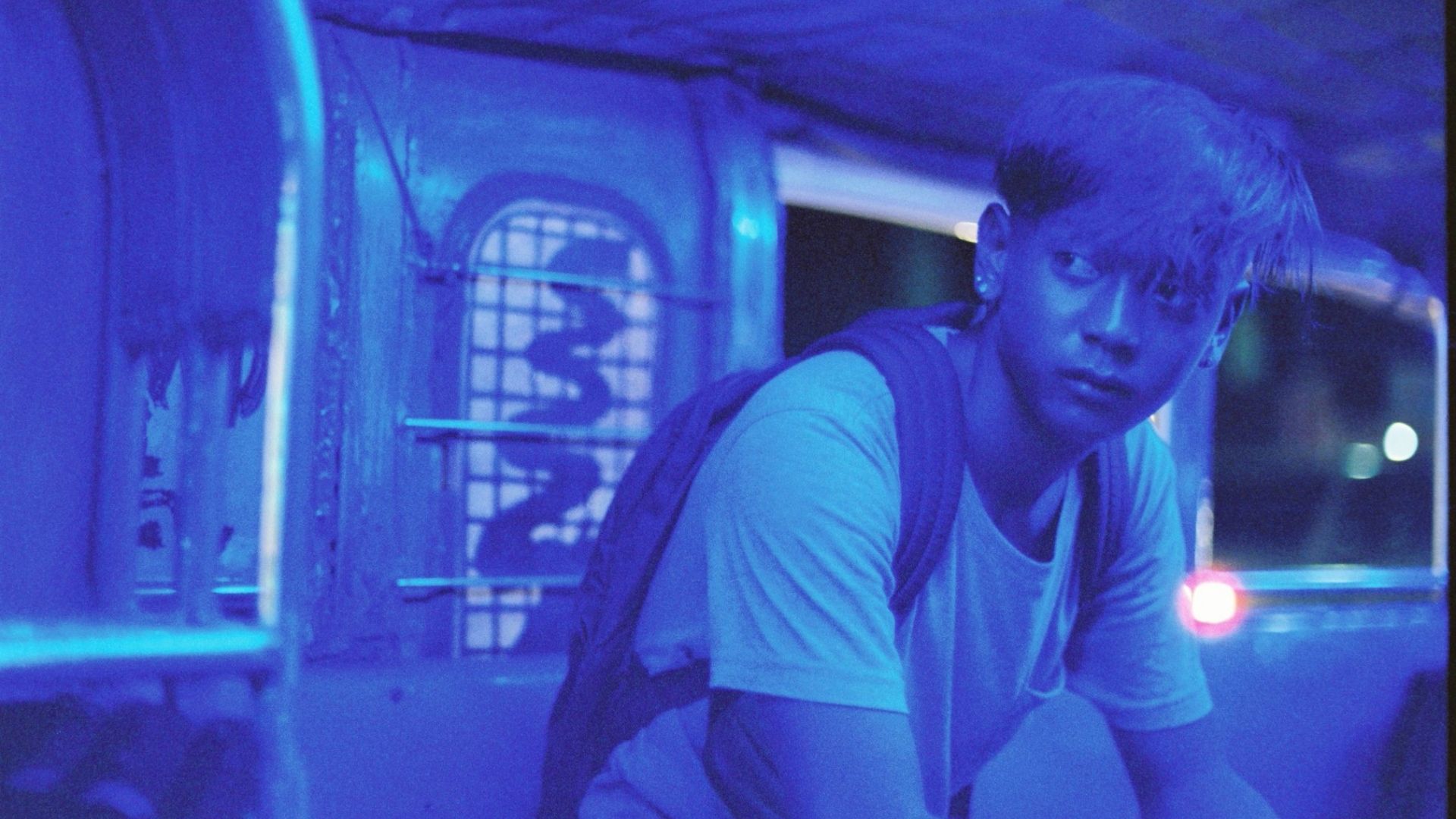
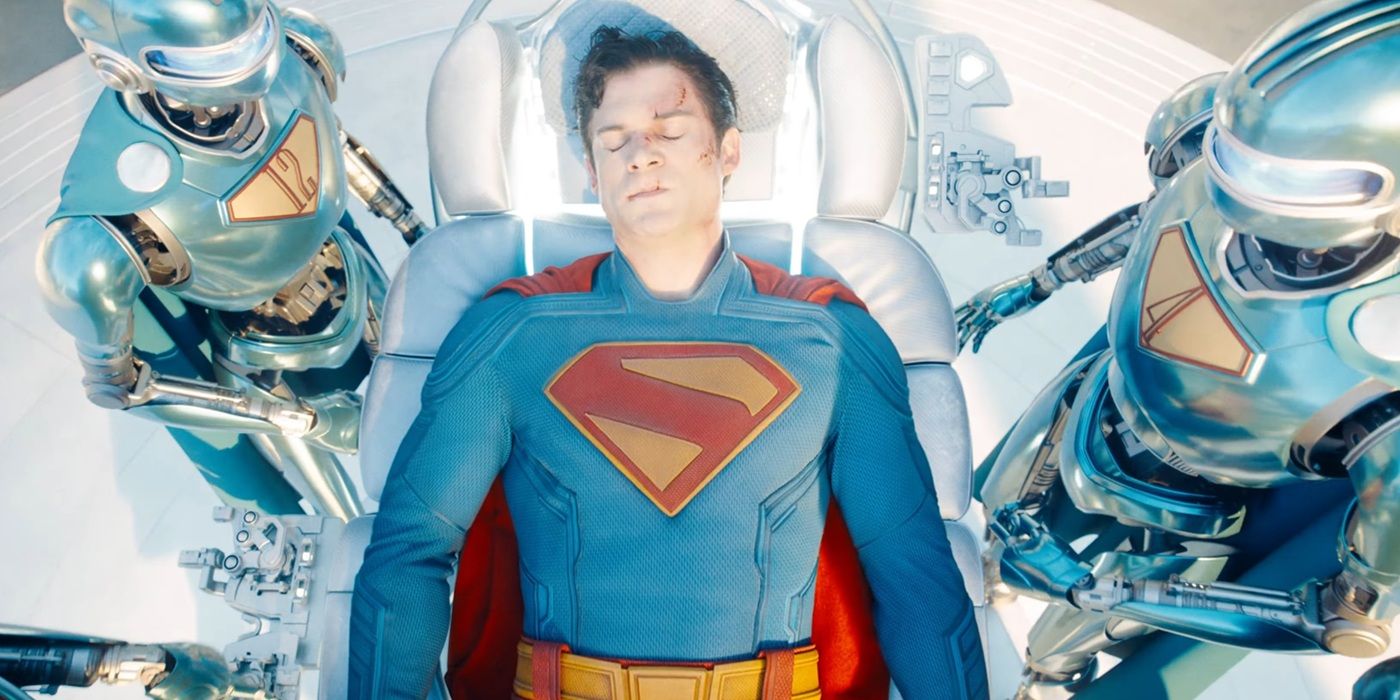

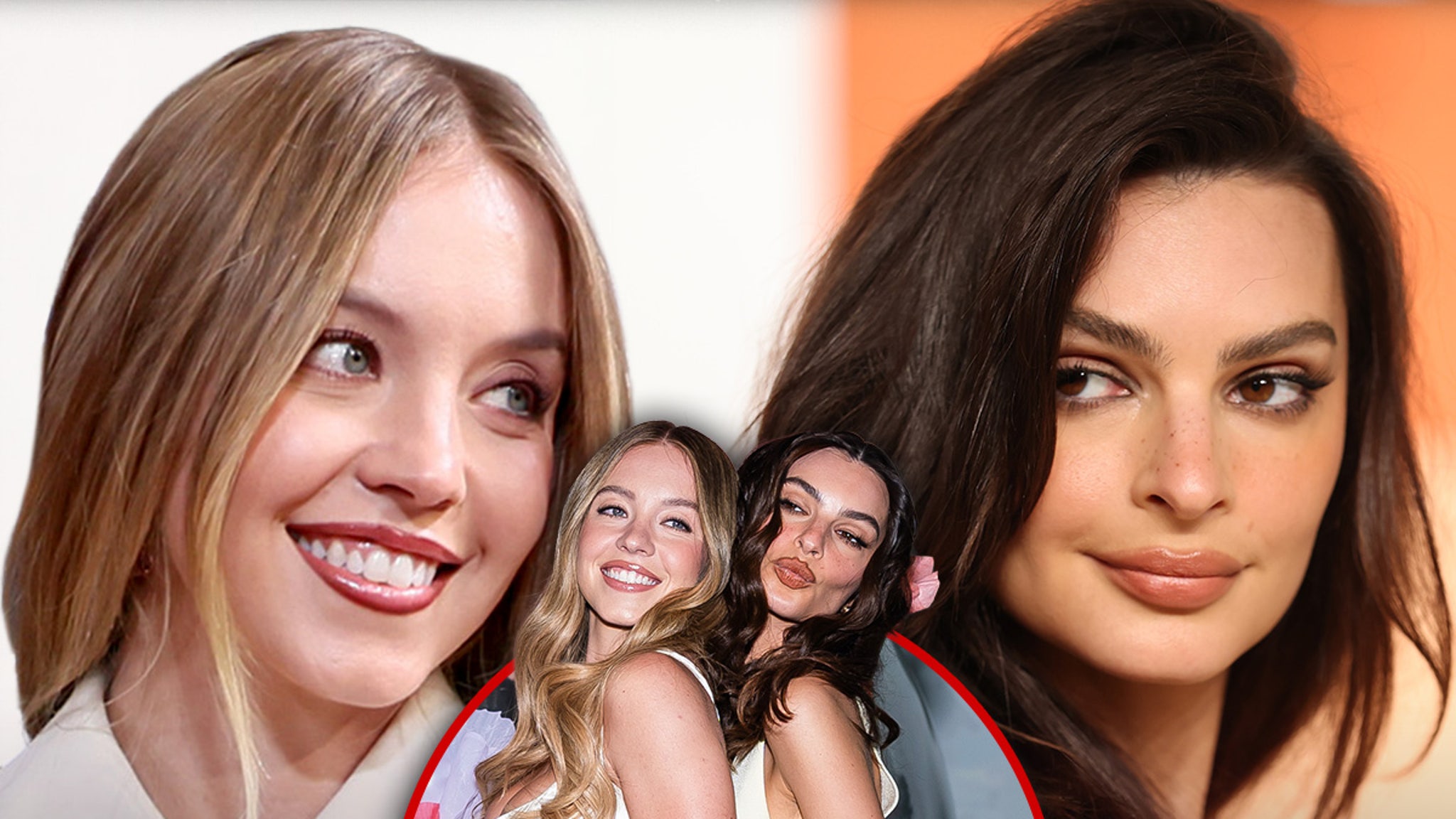

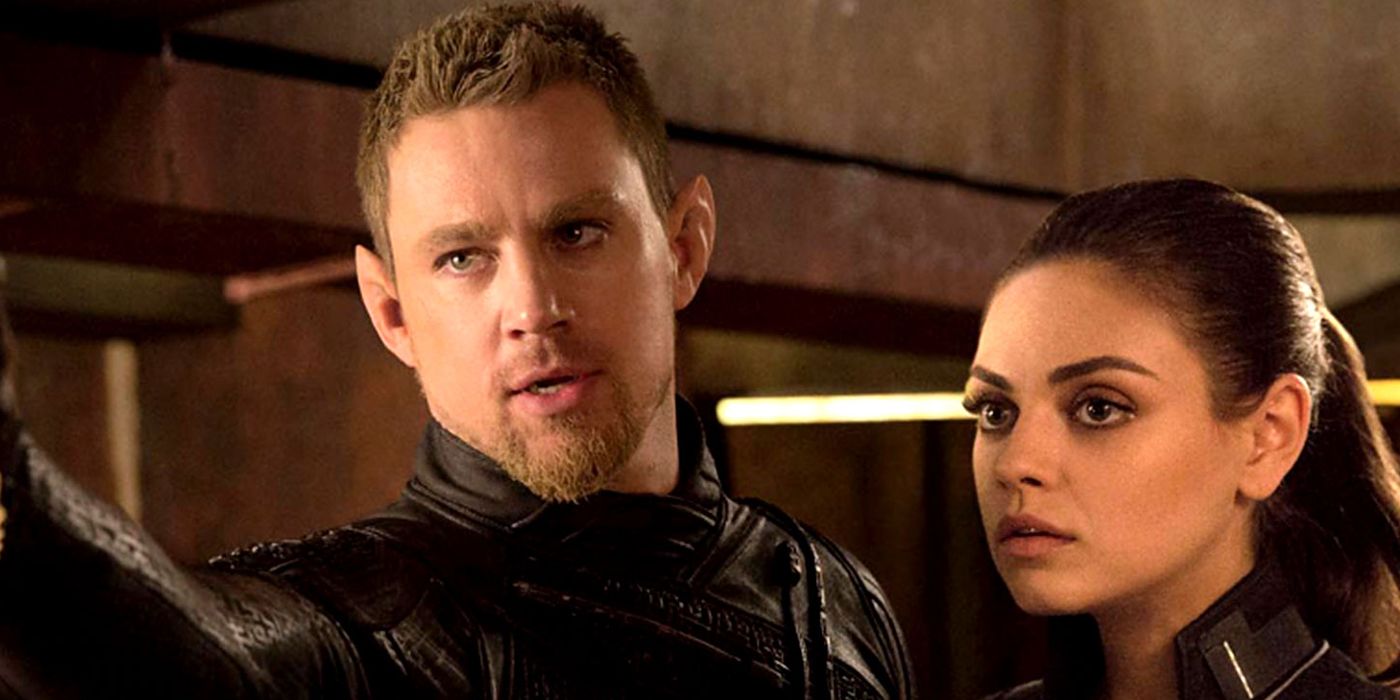

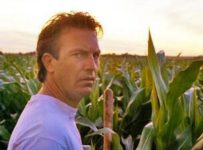
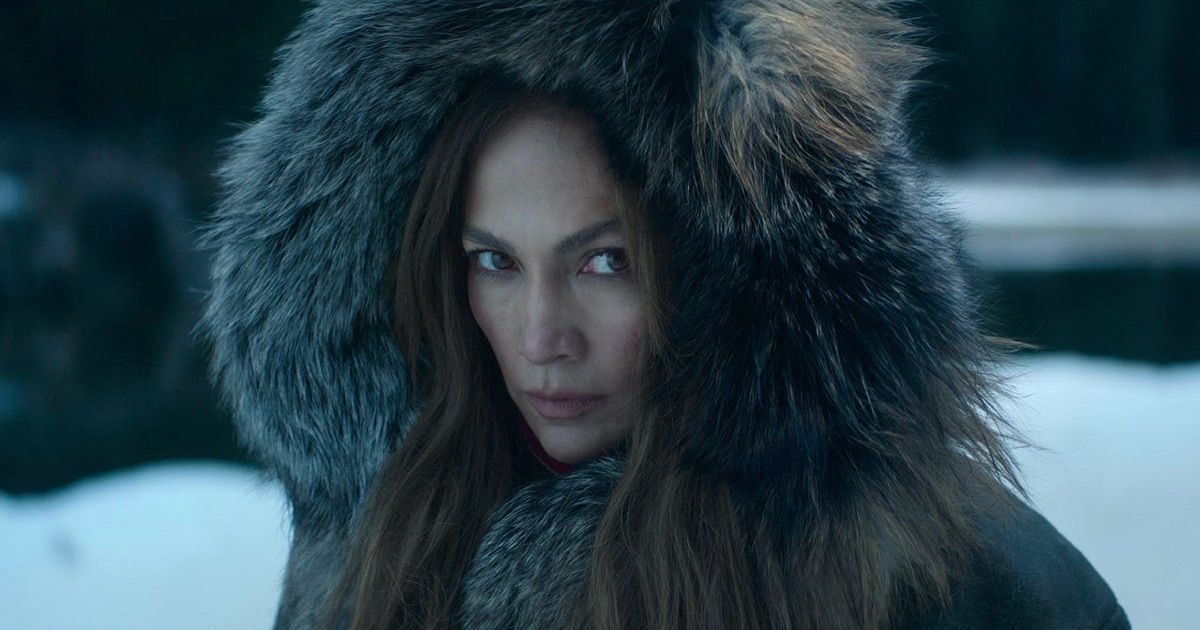
![The Prequel Needed to Happen Sooner [Spoiler Warning] The Prequel Needed to Happen Sooner [Spoiler Warning]](https://static1.moviewebimages.com/wordpress/wp-content/uploads/2022/07/OrphanFirstKillIsabelleFuhrman.jpg)
